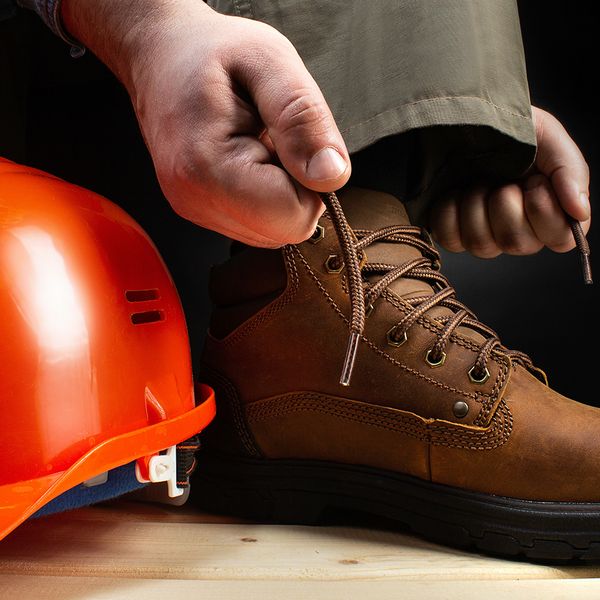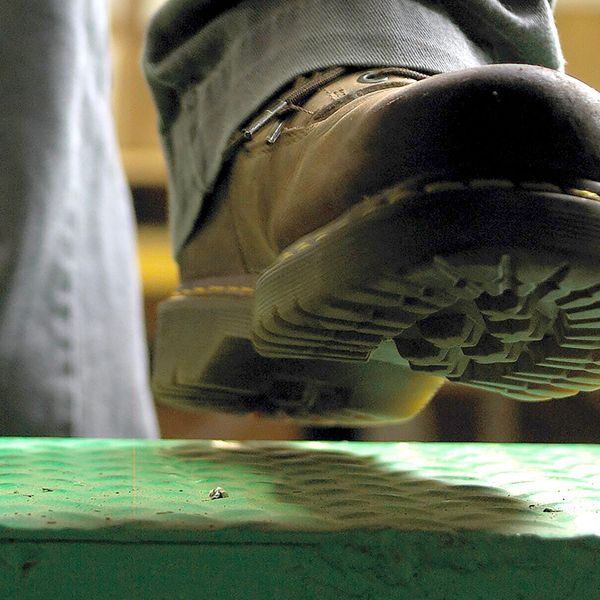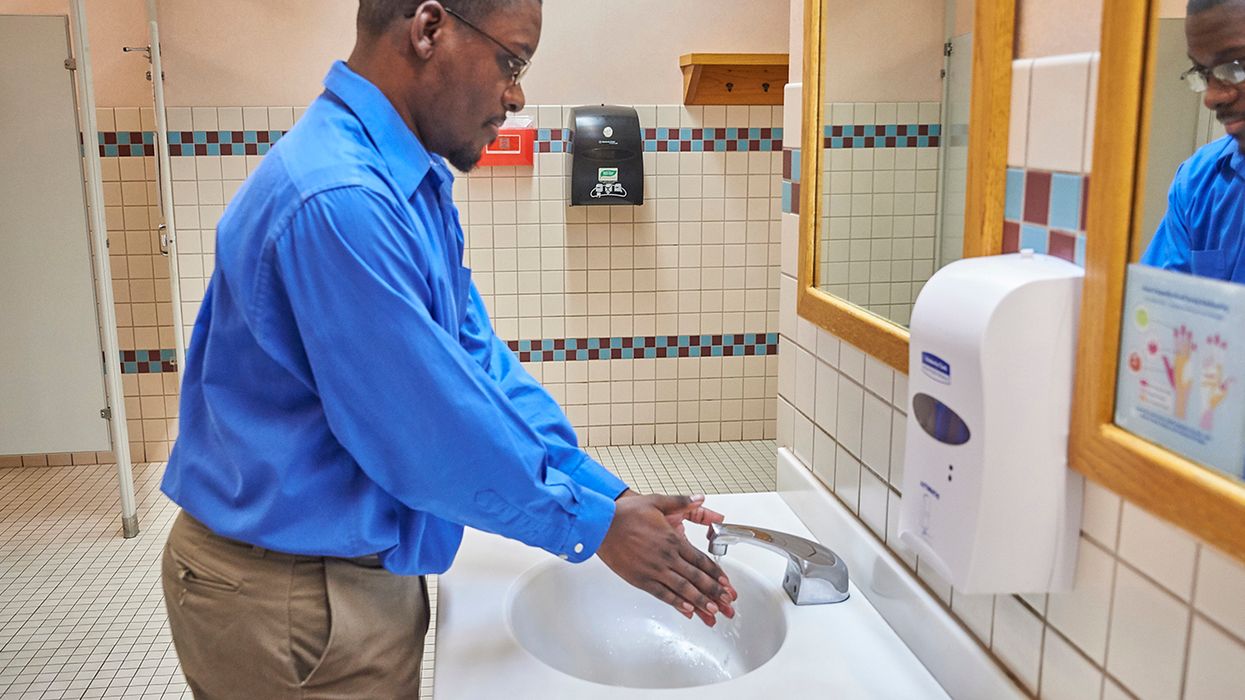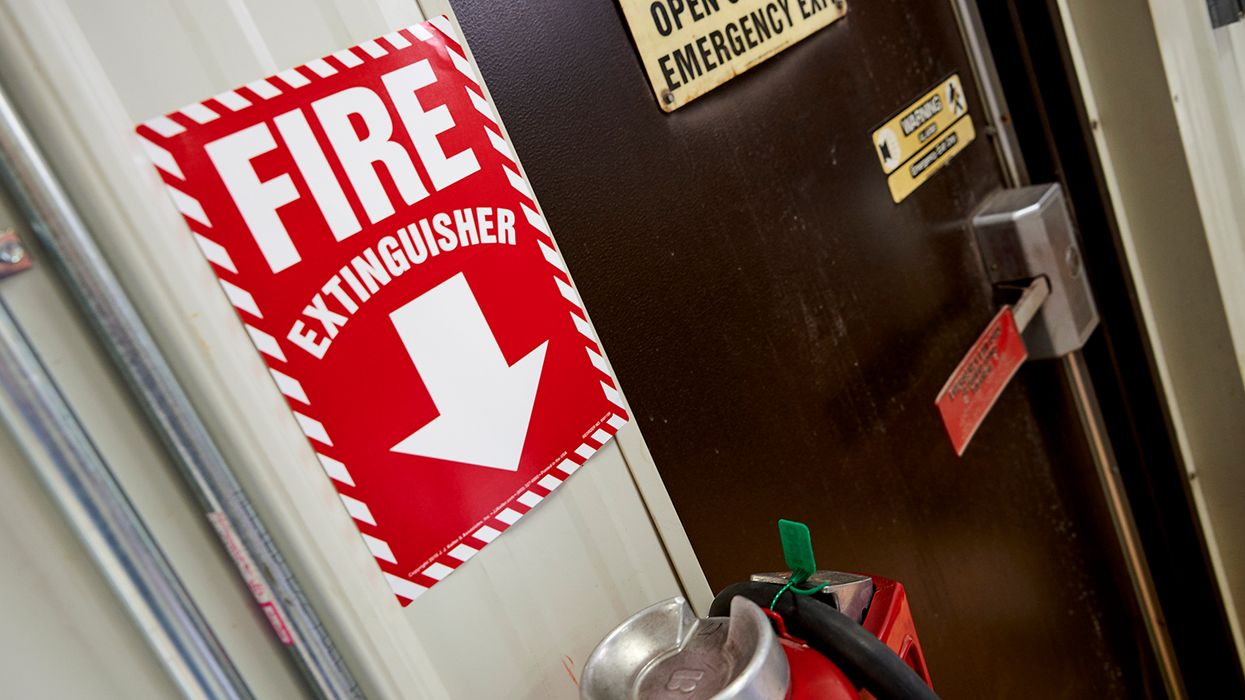Financial responsibility as it relates to specialty footwear
The employer is required to provide most personal protective equipment (PPE) at no cost to each employee. Regarding foot protection, OSHA states that the employer must ensure that each affected employee uses protective footwear when working in areas where there is a danger of foot injuries due to a variety of circumstances (1910.136(a)). However, employees required to wear protective footwear need to be aware of their monetary responsibilities under the OSHA standards, because they do vary.
Specialty vs. non-specialty footwear
Protective footwear is divided into two categories: specialty and non-specialty.
- Specialty footwear is described as non-standard footwear that is a “specialty” item, such as rubber steel-toe boots or footwear with additional safety attributes beyond ordinary protection such as nonskid shoes. The employer must pay for this type of footwear as referenced in 1910.132(h).
- Non-specialty footwear includes safety-toe protective footwear such as steel-toe shoes or steel-toe boots. Provided the employer permits these items to be worn off the job-site, the employer does not need to pay for this type of footwear.
Real world example
Employer responsibility as it pertains to specialty footwear can be seen in the anodizing process. In this context, the employee is working with various chemicals, water, and other solvents to remove impurities on parts of varying size and density. The process involves dipping, soaking, and moving of these parts between multiple tanks, which can lead to splashes, puddles, spills, and slippery residues on the floor of the immediate working area.
A hazard assessment determines that the employee must be protected from not only the chemical hazard, but also the slip, trip, and fall hazard and the potential of a heavy object falling onto the foot. This type of protective footwear (i.e., rubber steel-toe boots) is obviously not standard but is needed to provide the level of protection this job demands. As a result, the employer is required to pay for this specialty footwear.
To pay or not to pay?
OSHA has made it clear in 1910.132 that PPE used to comply with the standard must be provided at no cost, with some exceptions. The employer is not required to pay for non-specialty safety-toe protective footwear. However, many employers will offer a reimbursement up to a specific amount to assist the employee with the added cost.
Personal protective equipment (PPE) is worn to minimize exposure to hazards that cause serious workplace injuries and illness. Through a hazard assessment and equipment selection process, the employer will identify if protective footwear is necessary to mitigate the hazards present or likely to be present. While the employer must understand their financial obligations, it is also beneficial for the employee to understand their responsibilities under the standard as well.
Key to remember
Employers are required to provide most personal protective equipment (PPE) at no cost to each employee. OSHA states that the employer must ensure that each affected employee uses protective footwear when working in areas where there is a danger of foot injuries due to a variety of circumstances.



















































